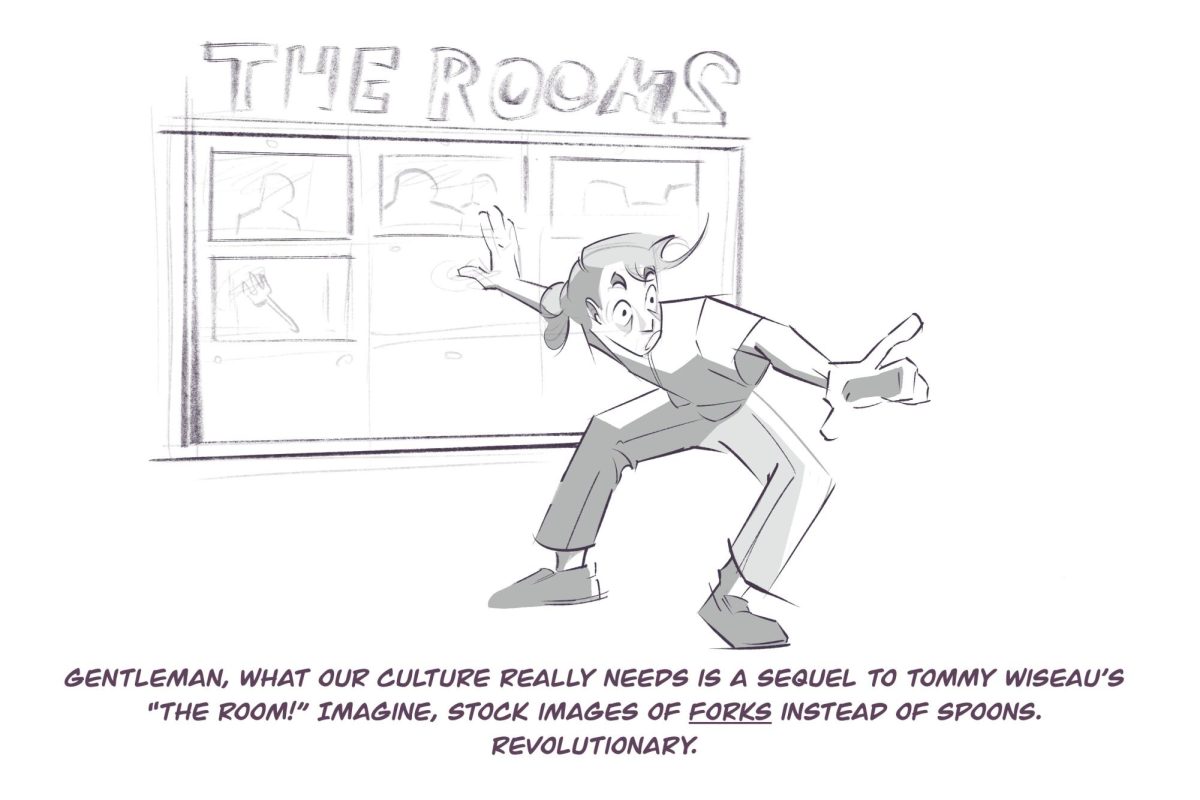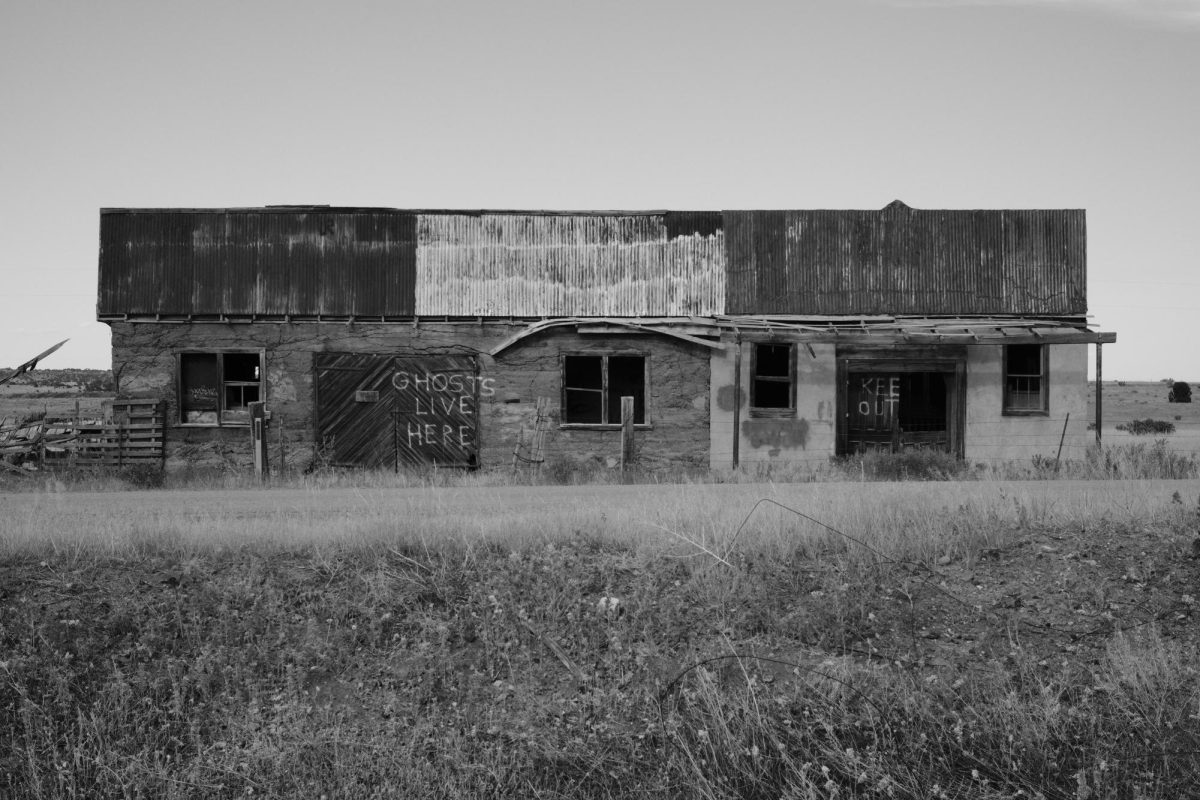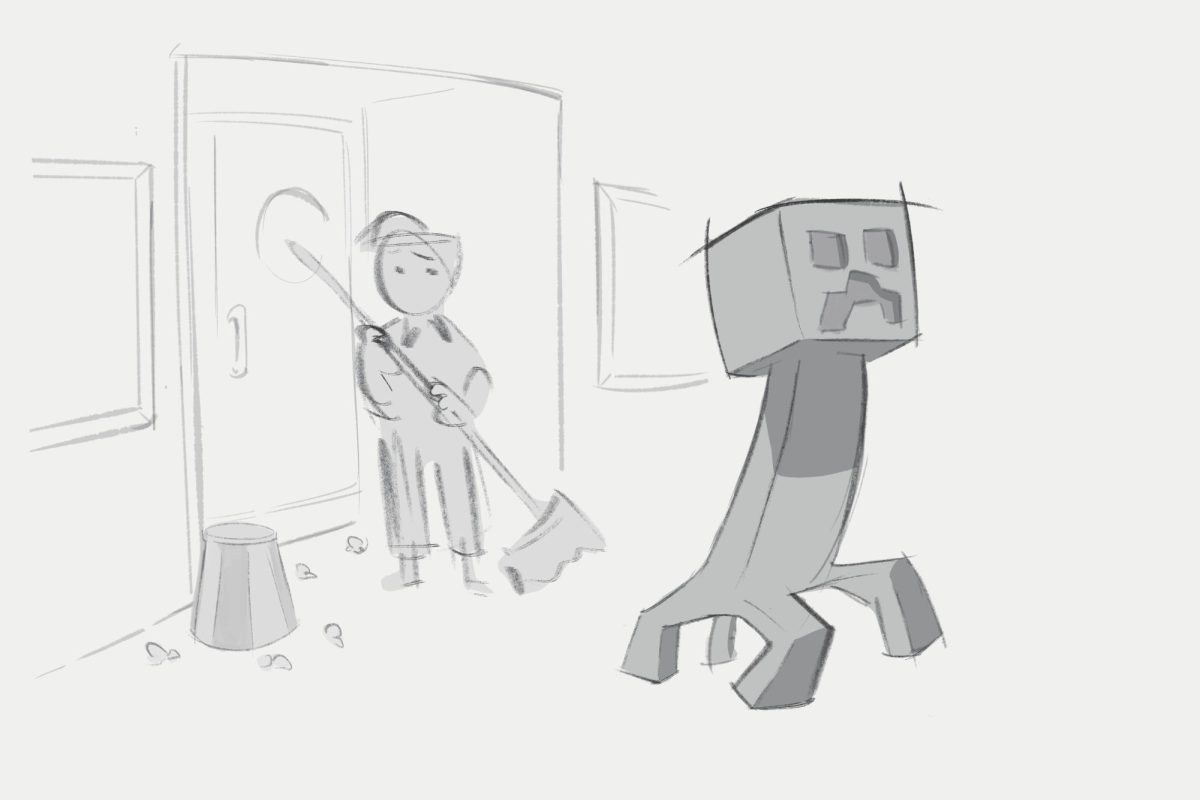You can almost taste the acrid salt in the air, the sea spray splashing over the sides of your open-topped landing craft. The boat bucks and lurches through the turbulent channel, steel groaning under the weight of men packed shoulder to shoulder. Most of them have never tasted combat, so they fidget, whispering prayers and gripping talismans – anything to keep their hands busy. The boatswain bellows, but his voice is swallowed whole by the sea, the engines, the relentless thunder of artillery and the buzzsaw drone of MG-42 fire growing closer with every second. The year is 1998, and you are being hurled onto the blood-soaked sands of Omaha Beach.
Spielberg’s “Saving Private Ryan” wasn’t just a movie.
It was a war crime against my adolescence. A full-frontal assault on everything I thought a war film was supposed to be. The beach landing scene dug its way into my skull and ravaged down the brutal reality in place of the sanitized, glory-drenched war stories.
What used to be
Hollywood used to feed us. That summer, I lived at the theater, as there was not much else to do in my town besides hang out at the roller rink, loiter in parking lots and waste time. So, I sat in the cold dark, letting movies ruin me.
“Doctor Dolittle,” “The Truman Show,” “Mulan,” “The X-Files,” “Out of Sight,” “Dirty Work,” “Armageddon,” “There’s Something About Mary,” “The Parent Trap,” “Small Soldiers,” “BASEketball” and “Blade.” All these movies, one after another, no pause or breaks. The variety was staggering. One week I was watching Jim Carrey question the nature of reality, the next I was laughing at Norm Macdonald being thrown into a dumpster – and then, just when I thought I’d recovered from the Normandy landing, I watched Wesley Snipes carve through vampires in slow motion.
Hollywood has changed
That was one of the last great summers before things changed, before Hollywood lost its nerve, before it stopped gambling on originality and bet everything on nostalgia and brand recognition.
Fast forward to 2025. Step into a multiplex, and you can feel the air change, sterile, processed and dead. The same handful of franchise logos cycling endlessly. Another “Jurassic World.” Another “Fantastic Four.” Another “Smurfs” movie, because apparently someone asked for that.
Hollywood has been strip-mined into oblivion. The great directors, Stanley Kubrick, Francis Ford Coppola, Sergio Leone, Alfred Hitchcock, Akira Kurosawa, Billy Wilder, Quentin Tarantino and Martin Scorsese, to name a few, built an art form. The studios turned it into a vending machine.
Sequel summer
This summer, 2025, is a sequel summer. Not just in the literal sense, but in spirit. Nearly everything is a copy of a copy of a copy. A graveyard of once-great ideas unburied and propped up with CGI and focus-group-approved dialogue. Back then, directors made films. Now, studios make content.
And the movies today, they don’t just feel soulless. They feel weightless, like someone printed them off an assembly line instead of making them with their hands. Not just the scripts, not just the stories, but the ‘how’ of it all. The craft. The thing that separates real art from an expensive content drop.
Filmmakers used to fight for their shots. Kurosawa waited for real storms to roll in because he knew no machine could replicate the chaos of nature. Leone held his actors in brutal, agonizing close-ups, letting them stew in their own sweat and fear, because tension isn’t just in the music, it’s in the lines of a man’s face. Kubrick? Kubrick didn’t care about your schedule, your exhaustion or your sanity. He wanted the shot. The perfect shot. These weren’t just guys with cameras. They were fanatics, lunatics, tyrants and that’s why their movies mattered.
Today’s film world
Now? Now we get actors standing in a big, green, corporate void, squinting at a tennis ball while someone off-camera yells, “The monster’s over there!” and “Look scared!” There’s no weight to it. No texture. It’s all been stripped down, sanitized and optimized. The director doesn’t have time to argue for artistry, he’s too busy making sure the VFX team can render this thing on schedule.
We used to believe in practical effects, real things, built by real people. The xenomorph in “Alien” was a man in a biomechanical horror suit, slithering through a real, dripping, claustrophobic set. The T-1000 in “Terminator 2” Judgment Day” was a combination of cutting-edge, at the time, CGI and practical wizardry, a magic trick that still holds up because James Cameron knew when to blend real and unreal.
Today, we get Nintendo CGI creatures, weightless, overly lit and floating like cartoons in front of actors who clearly aren’t looking in the right place. No tension. No grit. No imperfection – nothing feels real.
Even the cinematography is dying. The long take, once a flex, a challenge, has been replaced by rapid cuts and shaky cams, not for style, but to hide the fact that nothing’s really happening. The modern blockbuster is a blur of edits, an assault on your senses designed to make you think something exciting is unfolding, when in reality, it’s just visual spam.
Recycled films
And the worst part? It’s not just that we aren’t doing things the old way – it’s that we can’t. The people who actually knew how to make movies are retiring or dying, and in their place, we have technicians trained to push buttons, to follow digital workflows and to make sure the product hits the release date and the Chinese market. This is how an art form dies. Not in some dramatic collapse, not in one great failure, but in a slow erosion of skill.
This summer, 2025, has: “Jurassic World Rebirth” (sequel), “Fantastic Four: First Steps” (reboot), “Superman” (reboot), “I Know What You Did Last Summer” (sequel to a 1998 horror film), “Smurfs” (reboot), “Happy Gilmore 2” (sequel to a 1996 comedy), and “Freakier Friday” (sequel to a 2003 remake).
This isn’t a slate of movies; this is a necromancer’s ritual you’d find in some cheaply made straight-to-VHS horror flick in the back corner of your local Blockbuster. Reminding us that Hollywood learned the wrong lesson from the ’90s. Reduce, Reuse and Recycle wasn’t meant to apply to the silver screen.
Anything to look forward to?
So, what is this grognard looking forward to this summer then? Are there any diamonds in the rough to give us any hope?
A24 seems to be doing a lot of the heavy lifting this summer, carrying the torch for originality in a landscape of franchise sludge. With six releases in the spring/summer bloc, they are at least trying to give us something new.
“Sister Midnight” and “On Becoming a Guinea Fowl” are bold examples of inclusive filmmaking with original stories I cannot wait to see. “The Life of Chuck” looks like it could be another decent Stephen King adaptation. I don’t have a lot of faith in Mike Flanagan, but King’s storytelling can bear a lot on its shoulders alone. And then there’s Danny Boyle’s “28 Years Later,” shockingly, a sequel, but one I’ll allow. I trust Boyle to tell a compelling story on screen.
What am I not looking forward to this summer?
The same stories that are reheated and repackaged, stripped of anything raw or real.
Movies that exist not to challenge or inspire, but to pacify. No discovery, no risk, no Herzogian truth, just franchise placeholders, keeping seats warm until the next cycle of sequels begins.
And if this is the future of cinema, maybe it’s time we stop showing up for it.









